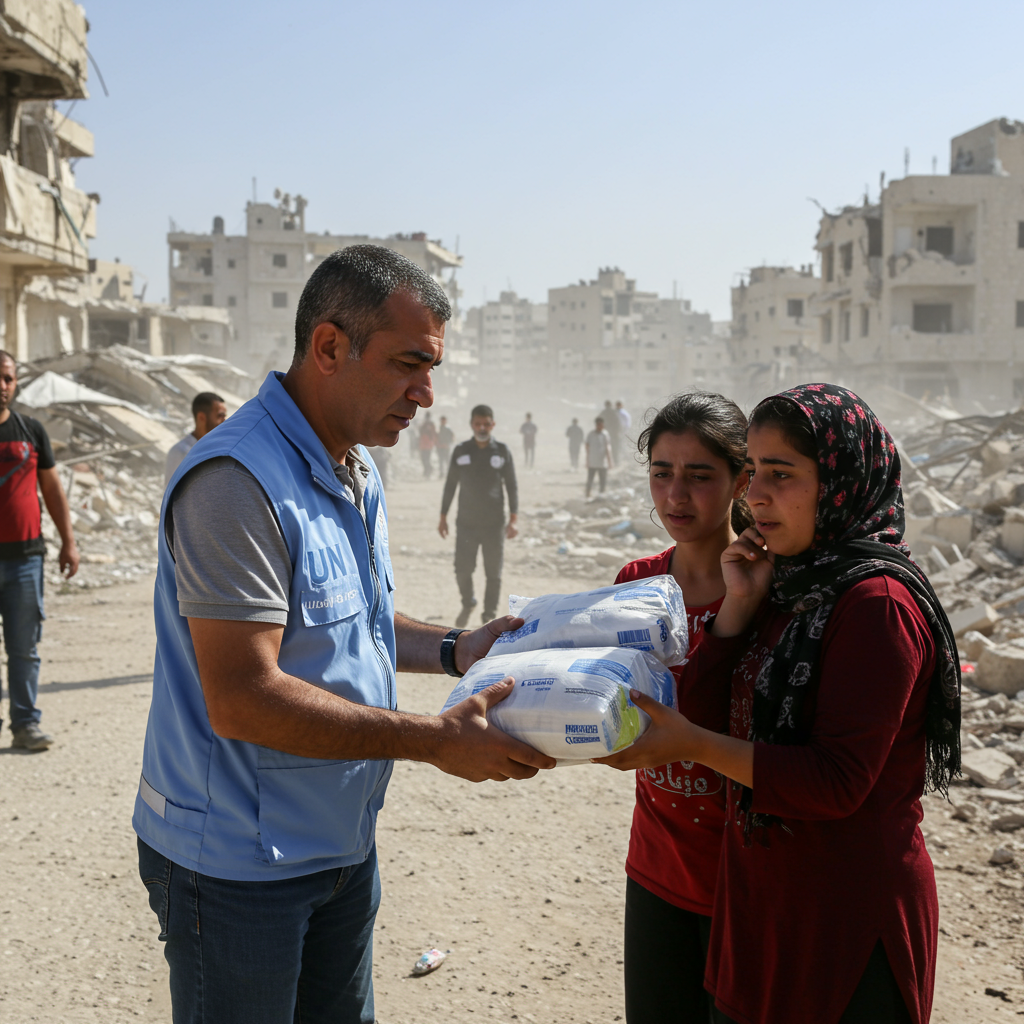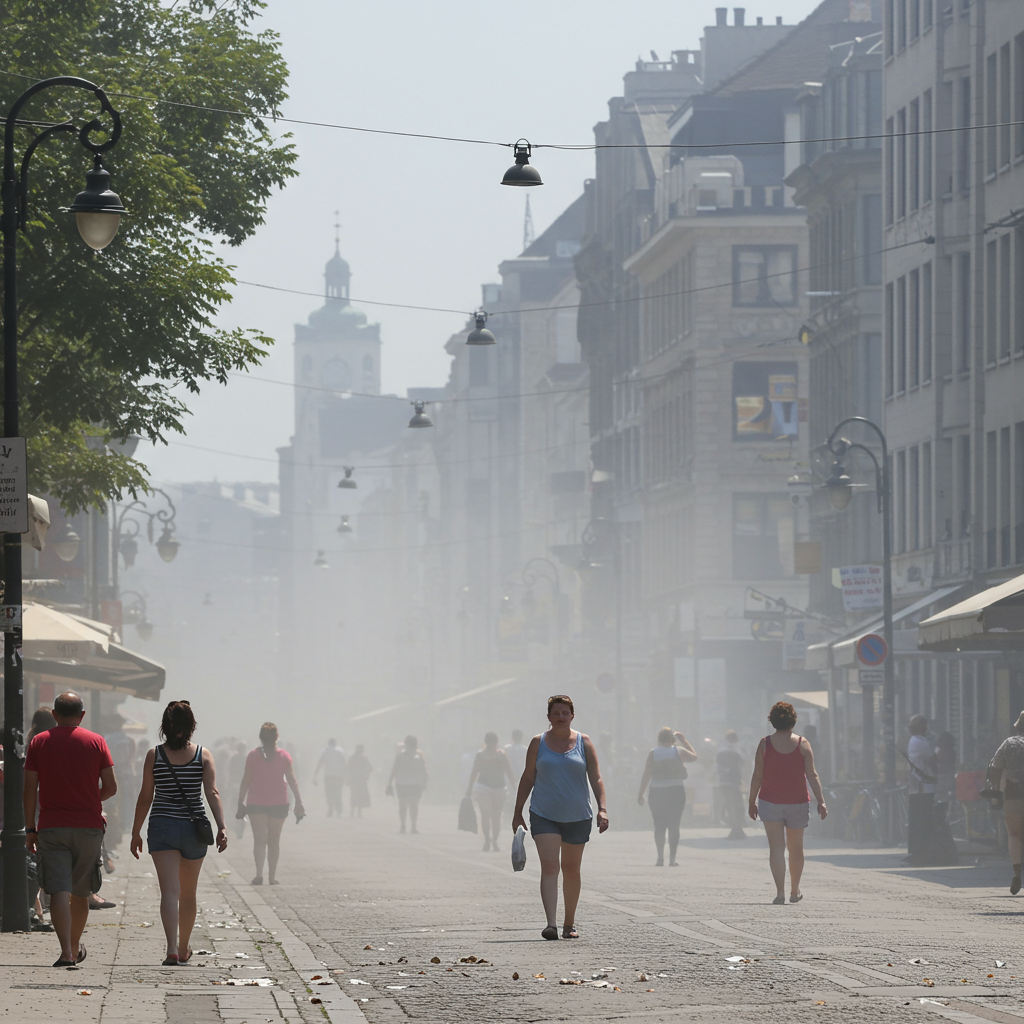Over 130 global charities and non-governmental organizations are demanding the immediate closure of the Gaza humanitarian Foundation (GHF). This aid distribution system, backed by Israel and the United States, has become a focal point of controversy amidst the ongoing conflict in Gaza. Leading international aid groups, including Oxfam, Save the Children, and Amnesty International, argue that the GHF system is not only ineffective but actively dangerous, leading to widespread death and injury among desperate Palestinian civilians seeking help.
Since the Gaza Humanitarian Foundation began operating in late May, following a three-month israeli blockade, the situation for civilians needing aid has drastically worsened. The coalition of over 130 charities states that more than 500 Palestinians have been killed while attempting to access assistance under the GHF system. Almost 4,000 others have reportedly sustained injuries during these desperate efforts. These organizations assert that Israeli forces and armed groups are “routinely” opening fire on Palestinians at aid distribution points.
Grave Violations of Humanitarian Norms
The charities’ joint statement condemns the GHF system for allegedly violating fundamental principles of humanitarian work. A key criticism is the forced displacement of approximately two million people into overcrowded and militarized zones within Gaza. These areas, according to the organizations, expose civilians to daily gunfire as they seek essential supplies. The introduction of the GHF system dramatically altered the landscape of humanitarian aid distribution in Gaza. It replaced an estimated 400 aid distribution points that were operational during a temporary ceasefire with just four military-controlled sites.
These new distribution points are concentrated in limited areas: three in the far southwest of Gaza and one in the central region. This consolidation forces residents to undertake long, perilous journeys through active conflict zones to reach food and water. Since the GHF’s implementation, daily reports have emerged of individuals being killed at these aid collection sites. These reports come from various sources, including medics, eyewitnesses, and the Hamas-run health ministry. The charities describe the situation as forcing Gazans to confront an “impossible choice.” They must either face potential starvation or risk being shot while trying desperately to secure food for their families. Vulnerable populations are particularly affected. Heartbreakingly, orphaned children and their caregivers are among those killed. Children have been harmed in over half of the documented attacks on civilians at these limited aid access points.
International Condemnation and Safety Concerns
The controversial GHF aid system has also faced significant criticism from United Nations agencies. UN Secretary-General Antonio Guterres publicly described the system as “inherently unsafe.” From its inception, the UN opposed the GHF plan. They warned it would “militarise” the distribution of vital aid. UN officials argued it would bypass the existing, established humanitarian network. This shift, they cautioned, would compel Gazans to travel long distances through dangerous territory solely to obtain necessary food and provisions. Juliette Touma of UNRWA reportedly characterized the situation at aid points under the new system as “a killing field.” She emphasized that orderly aid distribution requires the cooperation and involvement of the UN and other experienced humanitarian organizations.
Israeli Defense and Conflicting Reports
Israeli authorities have defended the Gaza Humanitarian Foundation system. They argue it provides direct assistance to those most in need. Israel states this approach bypasses potential interference or diversion of aid by Hamas. Israeli military officials deny that their soldiers deliberately target aid recipients. They maintain that forces are investigating reports of civilians being “harmed” near GHF centers. However, conflicting reports have surfaced regarding the conduct of Israeli forces near these aid points.
An article published in the Israeli newspaper Haaretz cited unnamed Israel Defense Forces (IDF) soldiers. These soldiers reportedly claimed they were given orders to shoot at unarmed civilians near aid distribution sites. The alleged purpose of these orders was to drive the civilians away or disperse crowds. Israel’s Prime Minister Benjamin Netanyahu vehemently rejected this Haaretz report. He labeled the allegations as “malicious falsehoods.” The Israeli military also issued a denial regarding accusations of deliberately firing upon Palestinians waiting for humanitarian aid. In response to the ongoing safety concerns and reports of harm, the IDF announced plans to reorganize access to the GHF sites. This reorganization reportedly includes adding new “fencing” and improved signposting. Directional and warning signs are intended to improve the operational response and manage crowds.
Humanitarian Crisis Deepens Amidst Conflict
The call to shut down the GHF comes amidst a severe and rapidly deteriorating humanitarian crisis in Gaza. The conflict has resulted in widespread destruction and displacement. Israeli military operations continue, including evacuation orders in northern areas like Gaza City and Jabalia, pushing civilians southwards. Increased bombardments have been reported, destroying residential buildings. Casualty figures cited by the Hamas-run health ministry are devastating, reporting thousands killed across Gaza since the start of the conflict in October 2023.
Incidents of civilians being harmed or killed during military actions continue to be reported. One strike reportedly hit a tent housing displaced people in al-Mawasi. This area is near Khan Younis and had previously been designated by Israeli authorities as a ‘safe zone.’ This strike allegedly killed five individuals, including children. Strikes near the Palestine Stadium and in the Tuffah neighborhood, where displaced people were sheltering, have also resulted in multiple civilian fatalities, including children, according to reports. The IDF has stated it follows international law and takes precautions to mitigate civilian harm. However, human rights groups globally express deep concern. They argue that the nature of attacks and the impact on civilians seeking basic necessities, including aid, may violate international law.
Aid System Critiqued as Insufficient and Dangerous
Despite planned adjustments by the IDF, the coalition of over 130 aid organizations remains resolute. They maintain that the Gaza Humanitarian Foundation “is not a humanitarian response” adequate for the scale of the crisis. Amidst severe hunger and famine-like conditions, many families in Gaza are struggling significantly. The groups report that numerous families are now physically too weak to effectively compete for limited food rations available through the restricted GHF system. The charities argue the system has resulted in routine killings, gunfire, and chaotic conditions one month into its operation. This situation underscores the critical need for safe, predictable, and widespread access to humanitarian aid. Aid groups stress that distribution must occur through established, non-militarized channels to effectively reach the millions of Palestinians facing dire living conditions and starvation risks. The controversy surrounding the GHF highlights fundamental disagreements on how best to deliver aid safely and effectively in an active conflict zone.
Frequently Asked Questions
What is the Gaza Humanitarian Foundation (GHF) and why is it controversial?
The Gaza Humanitarian Foundation (GHF) is a specific aid distribution system operating in Gaza. It receives backing from both Israel and the US. It was established in late May following an Israeli blockade period. The GHF replaced a much larger network of aid points with just four military-controlled sites. Charities and the UN condemn it because they say it forces civilians into dangerous, militarized zones, leading to deaths and injuries among those seeking aid. They argue it bypasses established, safer humanitarian networks and violates aid principles.
Why are over 130 charities calling for the GHF to be shut down?
Charities like Oxfam, Save the Children, and Amnesty International are demanding the GHF’s closure due to severe safety concerns and alleged humanitarian violations. They report that over 500 Palestinians have been killed and nearly 4,000 injured trying to access aid since the GHF started. They claim Israeli forces routinely fire on aid seekers. The charities argue the limited, militarized sites create an “impossible choice” between starvation and being shot. They believe the system is inadequate and too dangerous to constitute a genuine humanitarian response.
What has been the response from Israel regarding the criticisms of the GHF?
Israel defends the GHF system, stating it ensures aid reaches those in need while preventing interference by Hamas. Israeli officials deny that soldiers deliberately shoot at aid recipients. They claim to be investigating reports of harm near GHF sites. While rejecting allegations of ordered shootings (like the Haaretz report), the IDF has announced plans to reorganize access points, including adding fencing and signage, to improve safety and crowd management. They maintain that steps are taken to mitigate civilian risk.
Conclusion
The urgent call from over 130 charities to shut down the Gaza Humanitarian Foundation underscores the perilous state of aid distribution in the region. While Israel defends the GHF as a necessary mechanism to bypass Hamas, aid organizations and the UN view it as a dangerous, militarized system leading to preventable deaths and injuries. The severe humanitarian crisis in Gaza demands effective and safe channels for essential supplies to reach the civilian population. As famine-like conditions persist and conflict continues, the international community faces pressure to find a solution that ensures humanitarian aid can be delivered without putting the lives of those receiving it in further danger. The debate over the GHF highlights the complex challenges of providing assistance in active conflict zones and the critical need to prioritize civilian safety above all else.




